
TechJunkie Expert Recommendations
TechJunkie is supported by our readers. When you make a purchase through our links, we may earn a commission. Read More.
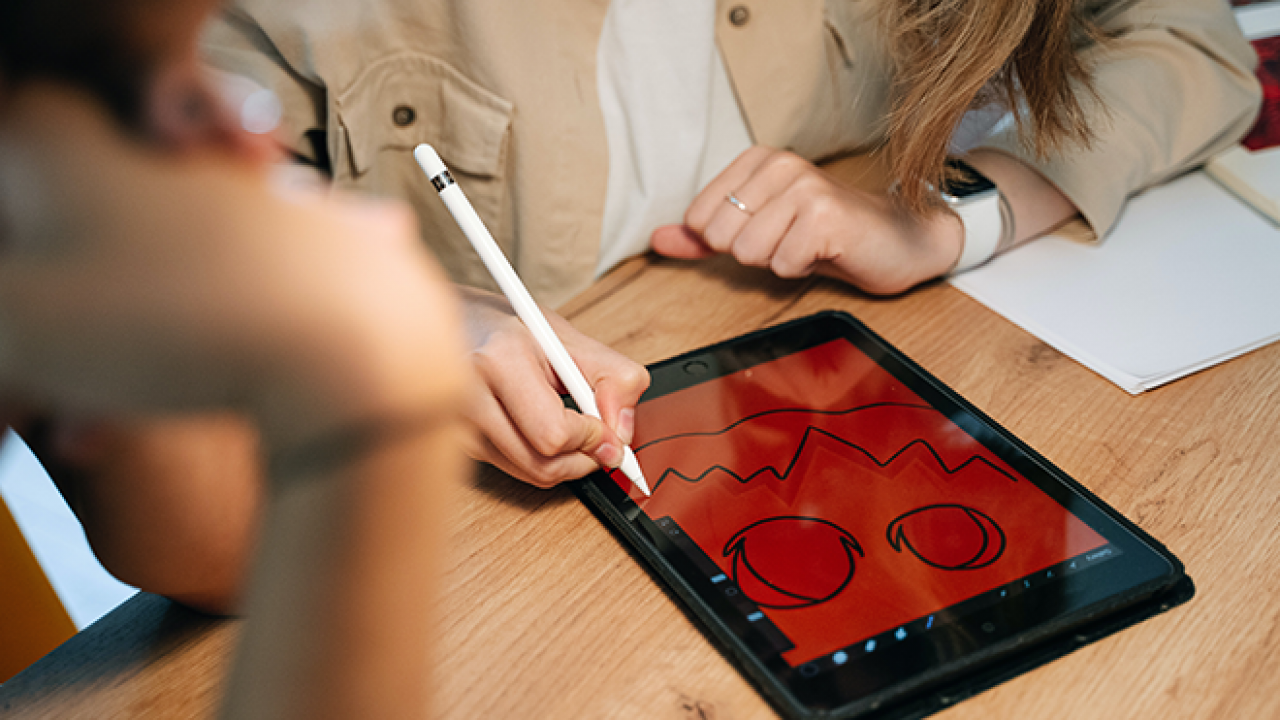
The Apple Pencil is the most anticipated accessory in the past several years. Its classic form, combined with cutting-edge technology, makes it an appealing product for digital artists.
The Newton, released in 1993, was the final Apple product to include a stylus or non-finger touch input device. When Steve Jobs returned to Apple in 1998, he canceled the series due to its mediocre success.
Apple pushed forward with multitouch on iOS after leaving the stylus behind and hasn’t looked back since. That is until Apple Pencil came along. This small yet powerful tool has since changed many industries, particularly the world of digital artistry.
One of the Pencil’s greatest merits as a genuine Apple accessory is its extensive compatibility. Almost every major iPad creative and note-taking app, including Apple’s suite of iWork apps, now supports the Pencil. You don’t have to set up the apps or search through settings menus as you do with third-party styli; it just works.
Moreover, the Pencil is tilt sensitive as well as pressure-sensitive, allowing you to make broad strokes like you would with a real pencil. While the Pencil is a must-have for artists, it’s also worth investing in if you plan to use your iPad to take notes. In both Evernote and OneNote, the Pencil allowed me to take extremely short, detailed notes with flawless palm rejection (which is critical on such a wide surface), and its balance kept my hand from becoming fatigued. That’s why even non-artists like it so much.
However, it still comes with some weak points. It has no eraser end, its back cap is so easy to lose, its design tends to roll, it’s too long for kids, and it’s not budget-friendly at all. If these are dealbreakers for you, here are some Apple Pencil alternatives that you can use instead.
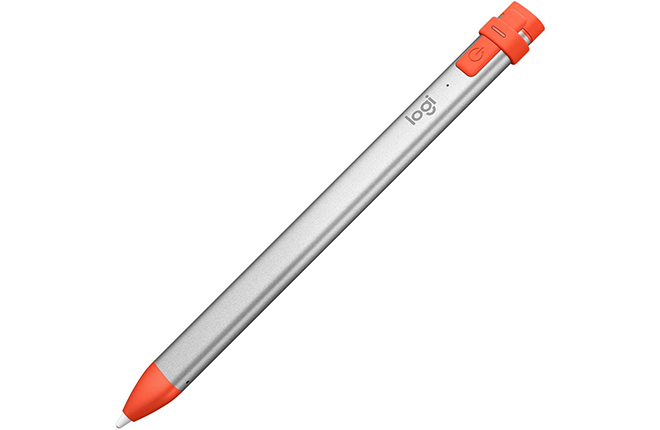
If you’re disappointed with the Apple Pencil’s flaws, the easily lost cap, tendency to roll away, and, of course, its hefty $99 price tag, the Logitech Crayon might be the one for you. The Crayon is compatible with the sixth-generation iPad and is just as functional, if not more so, than the Apple Pencil. It’s also now available to a wider audience, making it a wonderful buy for practically everyone. The Logitech Crayon, like the Apple Pencil, has dynamic line weight, which means your lines will appear thicker or thinner depending on the angle at which the stylus is held. Autodesk Sketchpad and Apple Notes are two of the apps that enable dynamic line weight. The apps detected both the Crayon and the Pen, and the lines you draw change in thickness and darkness when you hold each stylus at different angles, with no discernible difference between the two styli. The Crayon, unlike the Apple Pencil, does not enable pressure sensitivity, instead relying on tilt to regulate line thickness. The Wacom Intuos Creative Stylus 2 is a pressure-sensitive stylus that allows artists to create a variety of weight effects. Additionally, it has palm-rejection technology. Despite its great features, though, the Apple Pencil remains the best when it comes to the pen’s sensitivity, but it’s still worth considering.
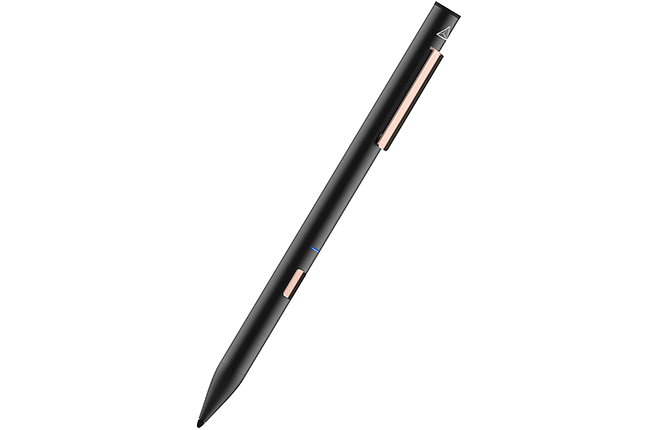
For those who wish Apple’s stylus didn’t look like a large, white drumstick, the Adonit Note is a solid if problematic Apple Pencil competitor. The $50 Note, on the other hand, resembles a posh hotel ballpoint pen. It even writes like one, and we’d gladly suggest it for anything other than artwork if it weren’t for the perplexing and inconvenient positioning of the power button. It even couples quickly; simply tap the point on any contemporary iPad screen, and you’re ready to go. The Adonit Note also writes like the Logitech Crayon. What makes it different, though, is that it has decent pressure sensitivity and palm rejection features. It’s ideal for making crude notes in your favorite note-taking applications or highlighting parts in a PDF, as its ballpoint-like shape indicates. This device is a Bic if the Apple Pencil is a fountain pen or a brush. That said, it’s an everyday iPad stylus as it works with all iPad models. The Note has a decent battery life, according to Adonit, lasting roughly four days if you remember to turn off that power button, which is likely to happen accidentally anyhow. If you need to charge it, the accompanying Micro USB cord is said to charge it for an hour in four minutes. You’ll have to be cautious not to lose the tip, as a pack of three new ones from Adonit’s site would set you back $15. One flaw that you might not like, especially if you’re into digital art, is that it has no recording function.
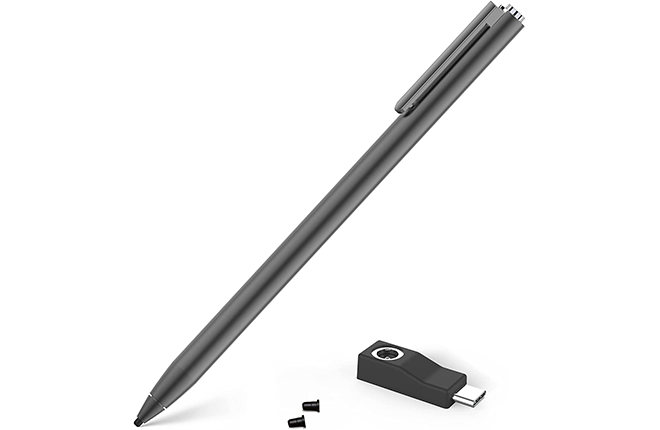
If you like the Adonit note, you’ll also like the Adonit Dash 4 as an Apple Pencil alternative. The Adonit Dash 4 stylus works with iPads and Android tablets without the need for Bluetooth pairing. It also includes a dedicated iPad mode with palm rejection for artists and writers. The Dash 4 is a dual-mode device. This means you may shift between general-purpose use for both iOS and Android devices and a palm rejection model for iPad models that support it with a click of a button. The Dash 4 is somewhere in the middle of the Adonit styli line in terms of price and usefulness. And with a palm rejection feature, you can be sure that your hands won’t hurt even after long hours of using it. This is especially great for artists who typically take hours to create a piece. And speaking of hours, what you’ll also love about the Adonit Dash 4 is its battery. Apparently, it boasts long battery life. Needless to say, this means that you can use it for more hours a day without having to worry about rushing to the nearest outlet in your room to charge it as you work on a project. One thing you won’t like about the Adonit Dash 4, though, especially if you’re an artist, is that it has no pressure sensitivity. This makes it a bit difficult to create lines of various thicknesses.
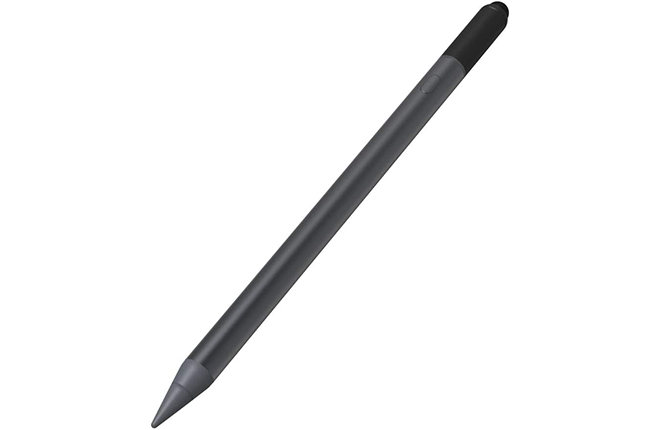
The Zagg Pro Stylus has a capacitive tip for swiping and an active tip for writing and sketching. It’s two styli in one, making it practical for everyday usage. It can be magnetically attached to an iPad Pro, but it also works with other Apple tablets. What makes this tool stand out is its battery. The Zagg Pro Stylus battery lasts for hours. Like the Adonit Dash 4, this, of course, is ideal for artists who spend hours on their projects. The best part of it is that it charges fast, so no more worrying about charging it frequently. What’s more, it works with all current iPads, so instead of buying the Apple Pencil, which, by the way, costs a lot, you can just go for the Zagg Pro Stylus, which you can buy for only $49.98 and still get great features and outstanding performance. If you’re after the design, don’t worry. The Apple Pencil and the Pro Stylus are both cylinders with a flat edge. Magnets on the top edge of an iPad Pro allow them to stick to it. This is quite convenient because there is never a question about where to place the stylus. However, like the Adonit Dash 4, the Zagg Pro Stylus also has no pressure sensitivity. This might be a dealbreaker for you, especially if you’re an artist.
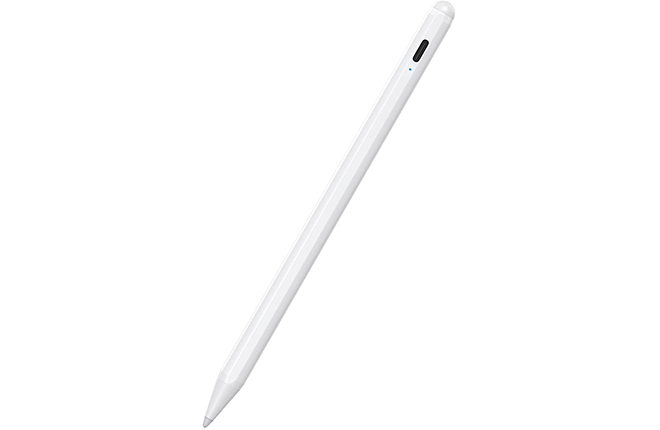
A first glance at its name and you’ll see that it has a pretty generic name, but don’t be fooled by this Amazon product as it also does a great job. What makes this pen stand out is that it’s one of the most comfortable styli to use, and with a 1.5 mm pen tip, you can easily perform finer commands. Apart from that, it comes with a palm rejection feature. The palm rejection technology in the stylus pen gives you a natural writing feel and a quick, seamless connection with your screen, giving you better accuracy and control against the screen. We recommend using this pen with a glass screen protector on the iPad. What’s more, there’s no need to download apps; simply press the cap button to turn on this active digital pen. In terms of usage and longevity, it will go into “Sleep Mode” after 5 minutes of inactivity to preserve power. You can also go 20 hours of continuous work, 90 minutes of charging time, and 365 days of standby time.
It sure seems promising, considering it has such a cheap price, but unfortunately, it has no pressure sensitivity. Overall, it’s still a pretty decent Apple Pencil alternative, especially if you’re on a tight budget.
Another impressive creation from Adonit is its Pixel stylus. The Pixel is Adonit’s most advanced stylus to date, and it works with nine different iPad models, not only iPad Pros. The Pixel is Bluetooth-enabled, just like Adonit’s two previous styluses, the Jot Script and the Touch, and it comes on immediately when pressed to the screen while using certain note-taking and drawing apps that include built-in Pixel functionality. It also comes with a magnetic charger/dock that connects to your computer’s USB port. The robust build quality gives this stylus a premium feel. The matte finish of the whole metal body and plastic grip part makes the stylus comfortable to handle. In terms of performance and its features, what makes this tool stand out is its pressure sensitivity and compatibility. Compared to its predecessors, the Pixel has better pressure sensitivity. Thus, you can easily lighten or darken your shading simply by switching the pressure in your hands. The best part of it is that you don’t have to worry about its compatibility with your device. Fortunately, the Adonit Pixel is compatible with a slew of apps and iOs devices. One thing that you might not like about it is that its palm rejection is a bit spotty. Adonit might need to give it a few more tweaks to perfect it, but overall, among the best Apple Pencil alternatives, this one comes closest to the Apple Pencil.
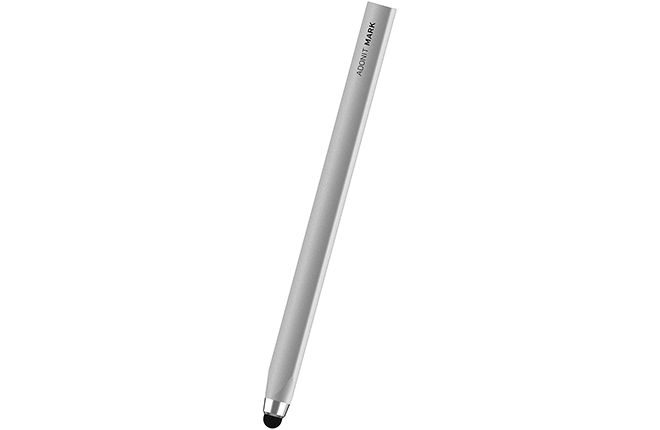
The Adonit Mark is a budget-friendly alternative to the Apple Pencil, but it can be used with any tablet, smartphone, or touchscreen device. In fact, you might want to have several of these low-stakes styli on hand for the entire family. The Adonit Mark is an affordable all-purpose stylus that works with a variety of Apple products, from the 3rd-Gen iPad Air to the 4th-Gen iPad Pro to the 8th-Gen iPad. The handsome anodized aluminum body feels good in the hand, and the triangular shape is comfortable to hold and resists rolling, similar to the Logitech Crayon. The Adonit Mark is suitable for informal note-taking rather than intricate sketching because it is less precise than other premium pen competitors. While it doesn’t have actual connectivity, one thing’s for sure: at this price, you’ll get your money’s worth quickly, and your home office responsibilities may even become more enjoyable.
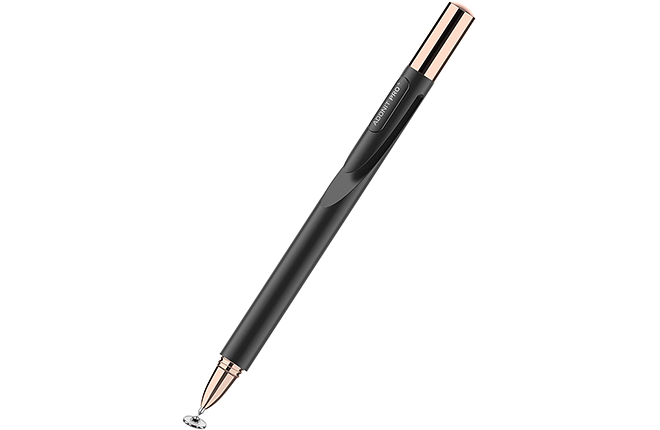
The Adonit Pro 4 is a non-Bluetooth, passive stylus that works with all devices. This stylus doesn’t need to be charged or paired; it’s ready to use and does the job for what you may call general use. By that, we mean anything you’d normally do on a tablet with your fingertips, such as scrolling, liking, sharing, note-taking, and possibly sketching. As for its structure, the thing that makes it different is the ballpoint-like nib. It is finished with a soft touch precision disc, which, although not unique to Adonit, does appear unique, but it is what gives it a scratchless design. However, the lack of palm rejection is an issue for many users. Nevertheless, it’s still one of the best Apple Pencil alternatives that will not require you to break the bank.
If you don’t see an app that should be here, let us know what it is